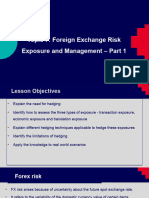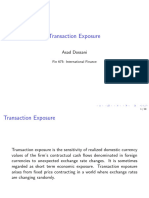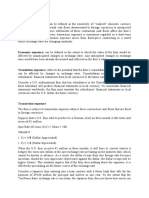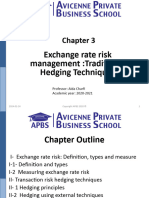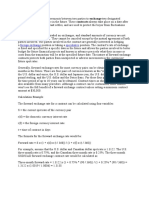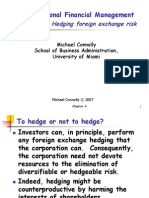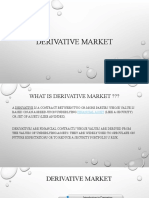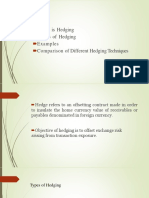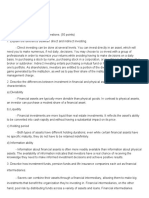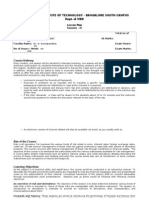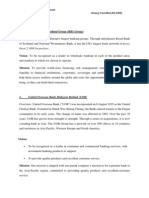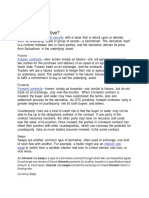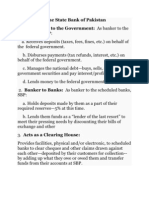0% found this document useful (0 votes)
16 views26 pagesIFM Lecture11
The document discusses the management of transaction exposure, highlighting three types of exposure: transaction, economic, and translation. It explores the debate on whether firms should hedge against currency risks, presenting arguments for and against corporate risk management based on market imperfections. Various hedging strategies are examined, including forward contracts, money market hedges, and options, with comparisons of their effectiveness in mitigating exchange rate risks.
Uploaded by
jiminson3385Copyright
© © All Rights Reserved
We take content rights seriously. If you suspect this is your content, claim it here.
Available Formats
Download as PDF, TXT or read online on Scribd
0% found this document useful (0 votes)
16 views26 pagesIFM Lecture11
The document discusses the management of transaction exposure, highlighting three types of exposure: transaction, economic, and translation. It explores the debate on whether firms should hedge against currency risks, presenting arguments for and against corporate risk management based on market imperfections. Various hedging strategies are examined, including forward contracts, money market hedges, and options, with comparisons of their effectiveness in mitigating exchange rate risks.
Uploaded by
jiminson3385Copyright
© © All Rights Reserved
We take content rights seriously. If you suspect this is your content, claim it here.
Available Formats
Download as PDF, TXT or read online on Scribd
/ 26
